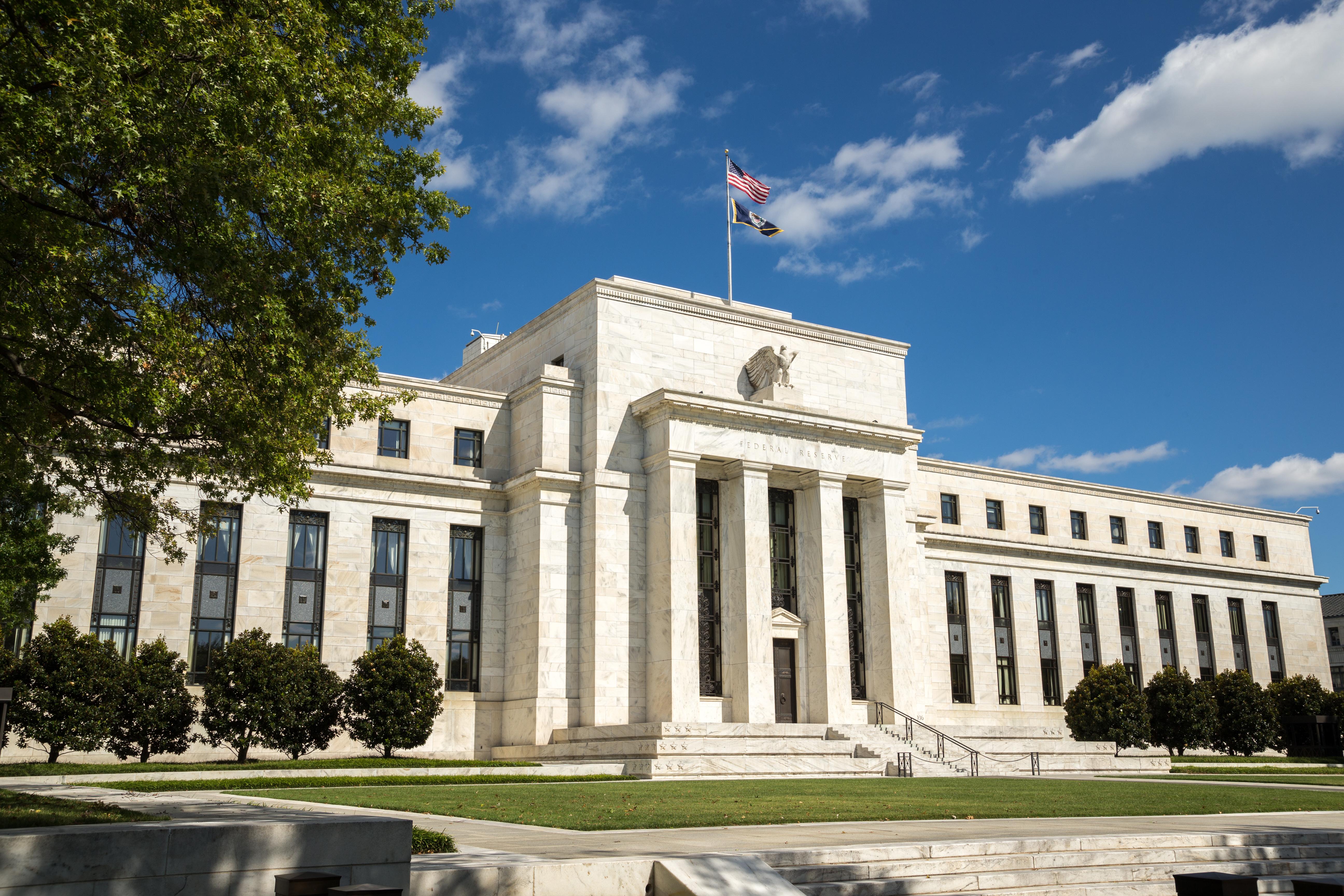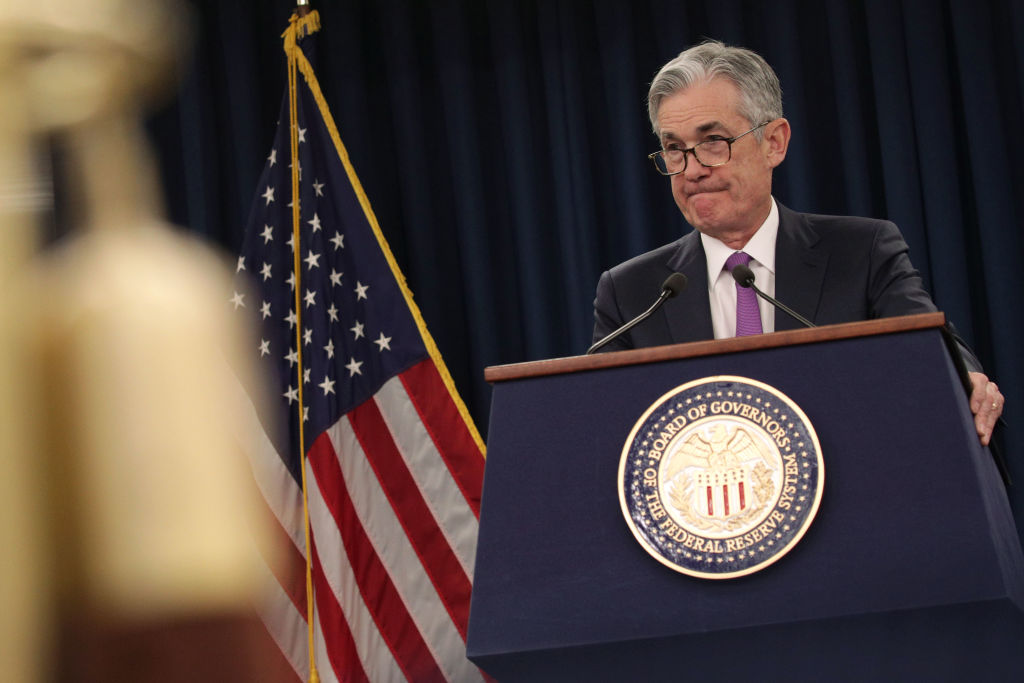

jobless claims that were signaling a downturn in the labor market just a few months ago have improved significantly in recent weeks. unemployment rate held steady at 3.4%, while the labor participation rate was unchanged at 62.6%.īill Adams, chief economist for Comerica Bank, says trends in weekly U.S. Labor Department reported the economy added 253,000 jobs in April, sustaining the robust health of the labor market. Regional banks took a big hit as declining asset values spooked investors and triggered deposit runs that led to the failures of Silicon Valley Bank, Signature Bank and First Republic.ĭespite the high-profile bank crisis, the Fed officials have repeatedly assured Americans that the banking system is stable, and the rest of the economy has been mostly solid as well. Rising interest rates have caused plenty of havoc in various corners of the U.S. Meanwhile, the consumer price index was up 4.9% year-over-year in April, well off its 2022 highs.

The Commerce Department reported the core PCE price index was up 4.6% year-over-year in March. inflation has finally started to cool off in recent months, but the latest batch of data suggests the Fed still has a long way to go to bring inflation down to its 2% target.

Investors will be paying close attention to how high the FOMC now sees interest rates rising in 2023 and how low committee members believe rates could fall in 2024 once the Fed eventually pivots to rate cuts. In March, FOMC members thought core PCE would drop to just 2.6% next year, but those expectations may have changed in recent months. They also boosted the 2023 growth forecast for the core PCE price index, the Fed’s preferred measure of inflation, to 3.6% from 3.5%.Ĭore PCE is way of looking at the longer-run rate of inflation, without the impact of volatile food and energy prices. GDP growth of 0.4%, an unemployment rate of 4.5% and a terminal fed funds rate of 5.1%. The Fed’s last economic projections, released in March, called for 2023 U.S. economic growth projections, which include forecasts for gross domestic product (GDP) growth, unemployment rates, interest rates and inflation.
Next meeting of the federal reserve update#
The FOMC will also update its long-term U.S. The Fed’s balance sheet has dropped from a record high of $8.96 trillion in May 2022 to around $8.5 trillion in May, but it remains more than twice its pre-pandemic size of $4.15 trillion in late February 2020. By letting its holdings mature-up to $60 billion in Treasury securities and $35 billion in agency mortgage-backed securities (MBS) each month-the Fed increases costs in credit markets.įed Chair Jerome Powell estimated that the annual rate of its balance sheet reduction was equivalent to one quarter point rate increase. The Fed’s balance sheet policy has been a key part of its battle against inflation. FedWatch sees an 85% chance that there will be one or more quarter of a percentage point rate cuts by December. Investors are already betting that the Fed will be forced to pivot to rate cuts before the year is out. This is the highest the benchmark rate has been since the U.S. recession.On WealthFront's Website Markets Feel Confident the Fed Will Leave Rates UnchangedĬME Group’s FedWatch is currently predicting a 74% chance the Fed will leave the fed funds target range at 5.00% to 5.25%. Still, the exact path will depend on how inflation trends compared to risks of a U.S. February is likely to bring another small interest rate increase, and another is expected after that. Early 2023 should indicate where that level is and give clues to how long rates will remain there. The Fed has signaled that we are close to a peak level for federal funds.

There will be an employment report on January 6 that may inform the Fed’s thinking on this. Specifically the Fed would prefer the job market to cool somewhat, but not so much that the U.S. Of course, the Fed will also monitor a host of other economic news as a gauge of potential recession risk for the U.S. The Fed will also be tracking wage growth, in the hope that it is trending lower, implying easing services inflation. Within these reports, the Fed will be closely watching services inflation for signs that it is easing. Inflation nowcasts from the Cleveland Fed imply relatively subdued inflation numbers overall, but this may be driving by falling energy costs whereas the Fed’s preferred core inflation metrics could come in higher once food and energy prices are removed.


 0 kommentar(er)
0 kommentar(er)
